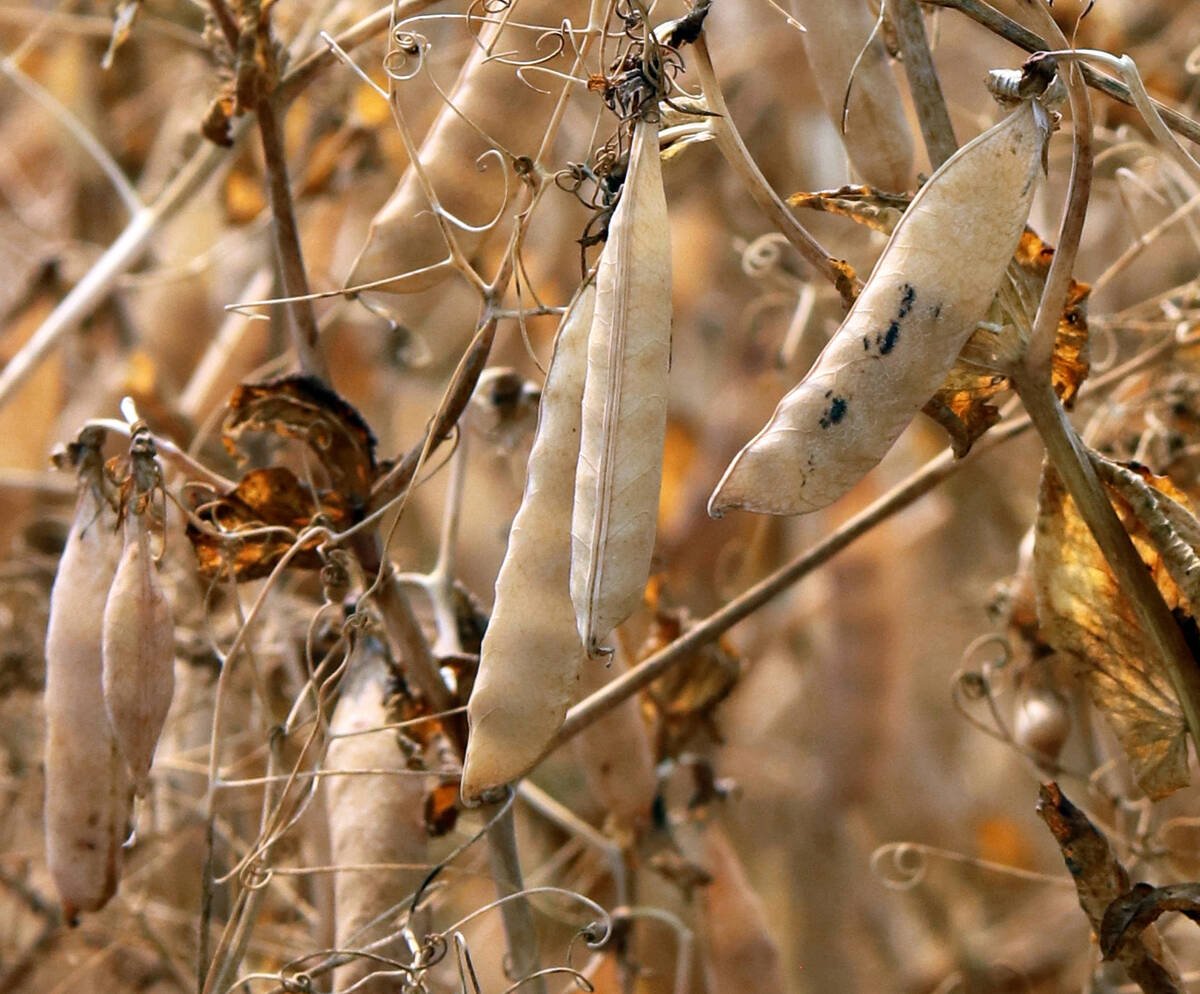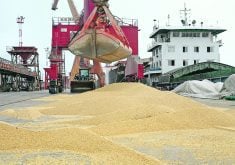While Canadian pork has made big strides in the country, wheat, beef and canola meal remain major opportunities
In June, former agriculture minister Marie-Claude Bibeau announced the location of Canada’s new trade office in the Indo-Pacific region.
The office, which will specialize in agriculture and agri-food products, will be in Manila.
“This new office is an opportunity to build on our economic relationship, and enrich people-to-people ties,” Bibeau said in a news release.
“(We) will continue to help Canadian farmers, food processors and exporters maximize their opportunities, and diversify their markets in the world’s fastest-growing economic zone.”
The press release didn’t explain why Manila was selected as the location. But trade data shows Canada could be doing much better in the Philippines, a country of 114 million that relies heavily on imports of wheat and other ag commodities.
Read Also

Trump’s tariffs take their toll on U.S. producers
U.S. farmers say Trump’s tariffs have been devastating for growers in that country.
Using data from Agriculture Canada, in 2021 the Philippines imported C$20.5 billion worth of agricultural products and agri-food. A sizable share of that is commodities that Canada exports.
In 2021, the Philippines imported:
- $2.5 billion worth of wheat
- $1.7 billion worth of soybean meal
- $627 million worth of beef
Canada had a tiny share of the wheat, beef and meal exported into the Philippines:
- Wheat – U.S. 50 percent share, Australia 30 percent, Canada 1.7 percent
- Beef – Brazil 32 percent, India 27 percent, Canada 1.0 percent
- Soybean meal – Argentina 22 percent, Brazil 7.4 percent, Canada 0.1 percent
Besides those commodities, Canada sold only $1.6 million worth of canola to the Philippines in 2022, compared to $45 million to Bangladesh.
In 2021 Canada was the 14th largest supplier of agriculture and seafood products to the Philippines with only 1.3 percent market share. The United States, in comparison, had a 19 percent market share.
Pork is the only commodity where Canada has an edge. The Philippines is consistently a top five market for Canadian pork and in the first five months of 2023, pork exports to the Southeast Asian nation were worth $134 million.
“We already have a significant place (in the market),” said René Roy, Canadian Pork Council chair, noting the new trade office in Manila is an opportunity to reach other countries in the region.
“This is a good pivot place for our presence in Asia…. A foot on the ground makes a huge difference when it comes to building relationships.”
The pork sector is doing well, but the federal government is taking other steps to expand trade with the Philippines.
Last fall, Bibeau visited Manila to promote Canada’s agricultural products. Her stops included meetings with a wheat milling company, meat importers and people who operate Tim Horton’s restaurants in Manila.
There are also ongoing discussions involving the free trade deal between Canada and the Association of Southeast Asian Nations (ASEAN), which began in 2021, and Canada’s department of global affairs is dedicating more resources to the country.
David Hartman, Canada’s ambassador, said in early July that four Canadian ministers have visited the Philippines since last summer.
“In the coming months, we will be expanding our embassy team to seize upon the opportunities emerging in the bilateral relationship,” Hartman wrote in www.news.abs-cbn.com, a website for a news and cable network.
“Our embassy in Manila is now Canada’s fourth largest diplomatic mission in the world, and continuing to grow — a clear testament to the importance my country attributes to its partnership with the Philippines.”
















